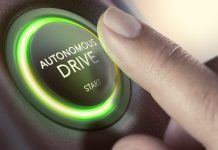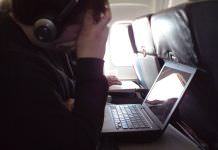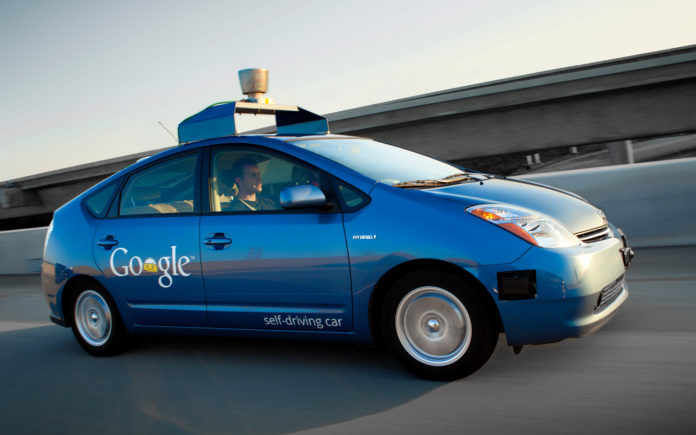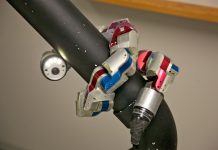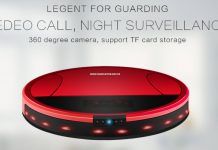Despite the fact that they don’t exactly have the charming look and curvy design, these plastic cars are more than capable of changing the autonomous car industry forever. They have cameras that allow them to ‘see’, as well as special software that tells them where to go.
These are the cars that hackers use each month in one of Oakland warehouses. Up to 100 people are known to visit this warehouse, and when they do, they bring these small cars with them, and they battle with others. But these are not the regular battles. Instead, these are hacker battles, where they compete about which cars are faster, and which can complete the course. This might not be so unusual if not for the fact that these are miniature self-driving cars.
This is not exactly a formal event, and its ‘leader’ is Wired magazine’s former editor-in-chief, Chris Anderson. He made a website ten years ago, by the name of DIYdrones.com. His goal was to help others with building their own drones, but a website grew into a pretty massive robotic community. At first, it was about open source airborne drones. Now, it is the same, only with cars.
The cars are, of course, smaller than the real vehicles. 10-15 times smaller, to be precise. But, they can still complete the course, and dozens of attendants gather up as often as they can in order to watch them do it. There are many obstacles on the course, and only one of them may be enough to prevent the car of reaching the finish line. However, finding ways to defeat the obstacles is what makes these cars better and better at being aware of their own environment.
They may not be as sophisticated as what Google or Tesla are building, but they are cheap, they don’t need humans for testing, and they don’t pose any danger to anyone. This makes them perfect for testing self-driving software. Also, learning from crashing mistakes has helped with their development, as well as its speed. The first car completed the track after three months, and every time since then, new development has occurred.
Best of all, this software is regularly updated on Anderson’s website for anyone to access and use. There are two different methods of ‘teaching’ the car how to finish the course. One is ‘deep learning, which is a neural network that helps the car learn the course, and find a way to complete it. The other is with cameras that provide the car with computer vision. This way, it can follow the lines on the track, and use them to get to the end.
Anderson believes that the data and software that they are collecting might even influence the big cars. Their size might vary, but the software doesn’t know the difference.
This is not a new concept, and it is how car industry worked from the start. Someone will discover something that the big companies don’t know, and that is what will speed things up.





